Introduction to the Grade characteristics of Ethiopian Yega Xuefei Coffee beans description of the sour taste of hand-made Yega Coffee
With the culture of boutique coffee gradually infiltrating into the hearts of ordinary consumers, more and more partners order a cup of coffee when they drink coffee in a coffee shop and feel the difference between hand-brewed coffee / ice drop / cold coffee made from boutique coffee beans and espresso.
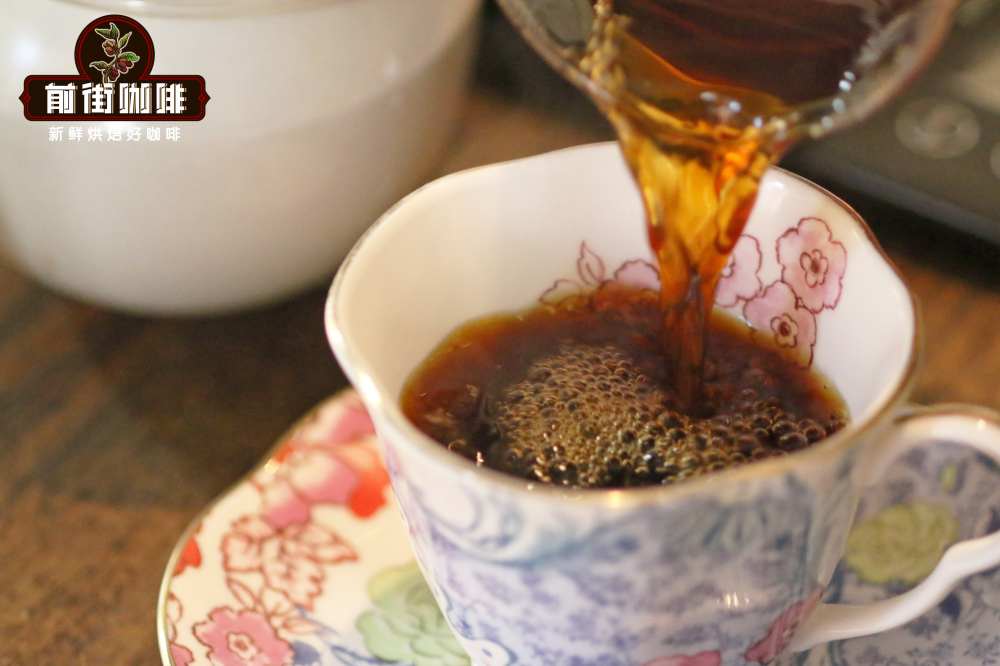
With regard to the choice of individual coffee, more than 90% of the shops that provide single coffee will always have the last coffee bean from the Yega Xuefei producing area. Why are the coffee beans produced here so popular? What's so fascinating about Yejashafi coffee beans? In this article, Qianjie Coffee will talk about this treasure town in Ethiopia-Yega Xuefei.
Yirga cheffe is a small town in Ethiopia, located in Sidamosheng in southern Ethiopia, 1700-2100 meters above sea level, and coffee trees are planted in an area above 1800m. Therefore, Yega Xuefei is known as one of the highest coffee producing areas in the world, and is also synonymous with Ethiopian boutique coffee.

Because of its distinctive coffee flavor, fresh tonality, bright citrus acidity, faint flower aroma and green tea sweetness, the coffee produced in the changed area has captivated wave after wave of enthusiasts. As a result, in 2010, the Ethiopian Mercantile Exchange separated the Yegashafi region from the Sidamo region, thus giving rise to what is now known as the Yega Sheffield area.
The town of Yejasuefei is foggy all the year round, like spring all year round, with a gentle breeze, cool and humid, and thousands of coffee trees thrive, giving birth to the unique and unpredictable atmosphere of Yejashafi's unique flower and fruit fragrance. Also because the high altitude creates an obvious temperature difference between day and night, prolonging the growth time and ripening time of coffee, the coffee produced in this area can show rich flavor levels.
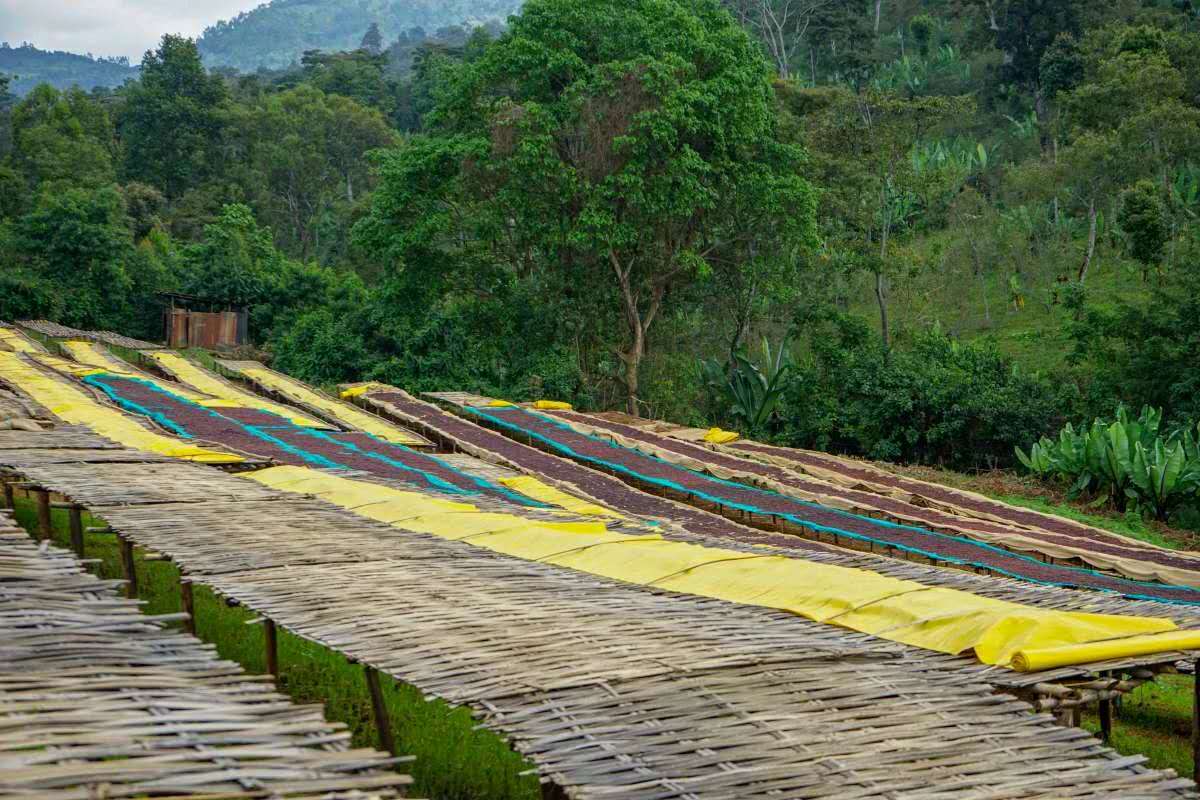
Although the coffee beans produced in the region can be called Yega Xuefei coffee beans, but this is only the name of the producing area, not a variety of coffee beans. Ethiopia is the birthplace of the first coffee varieties, so there are many unnamed / undiscovered wild coffee varieties there, so most local farmers have what to grow and what to grow. so coffee trees are mixed with some varieties.
As a result, there is a lack of detailed variety names, so coffee bean traders around the world will use Ethiopian native species (Heirloom) to refer to beans that have not been subdivided in Ethiopia. Also because the size of coffee beans from each variety is different, the coffee beans from Yega Xuefei will show a state of uneven grain, which is also the characteristic of coffee beans in Ethiopia.
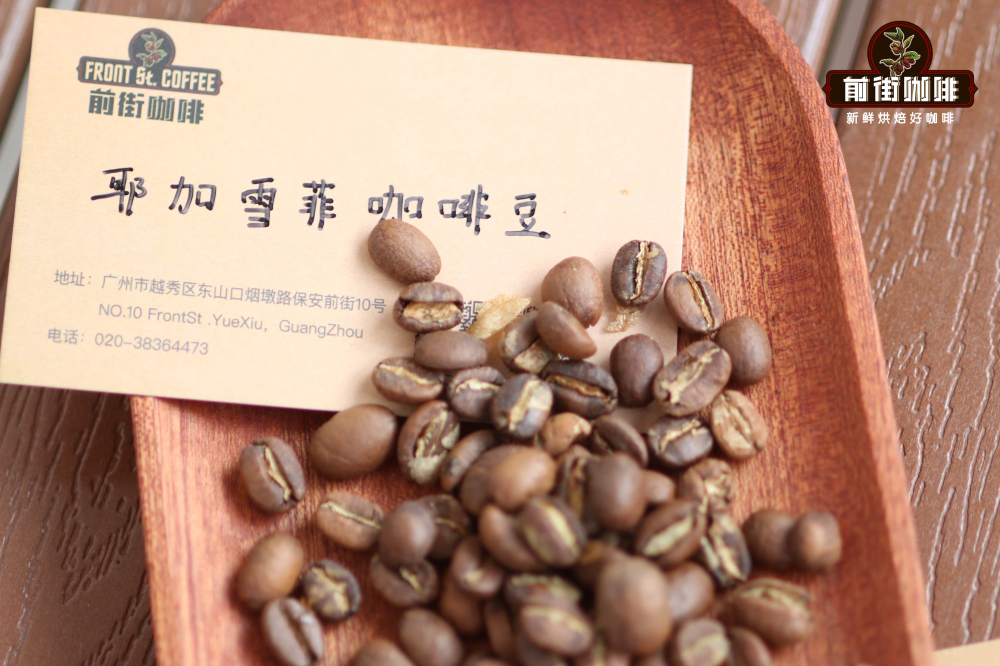
As a traditional coffee producing area, the local farmers in Yejasuefi will send the coffee beans to the nearest coffee bean cooperative for unified treatment after harvest, and then trade them in the name of the processing plant, so most of the Yejasuefi coffee beans we drink are processed by xx, the xxx cooperative of Ethiopia. At present, the more famous cooperatives of Yejasuefi are Gottingding Cooperative, Erica Cooperative, Waka Cooperative, Cochel Cooperative and so on. Among them, Qianjie Coffee sells a washed Yegashefi coffee bean from the Gottingding Cooperative, and a sun-treated Yegashifi coffee bean comes from the Aletaland Cooperative.

The Aletaland Cooperative Society encourages farmers to select mature coffee fruits to be treated uniformly in the cooperative, and these fully ripe coffee fruits will be named "red cherries". In fact, "Red Cherry" is a plan to encourage coffee farmers to improve the quality of their coffee, which was proposed by Trabocca, the largest raw bean manufacturer in the Netherlands in 2007. It can improve the quality of acquired coffee beans and increase the income of farmers so that they can have more money to grow coffee and avoid a vicious circle of coffee quality caused by the squeezing of raw bean merchants and the pursuit of coffee farmers.
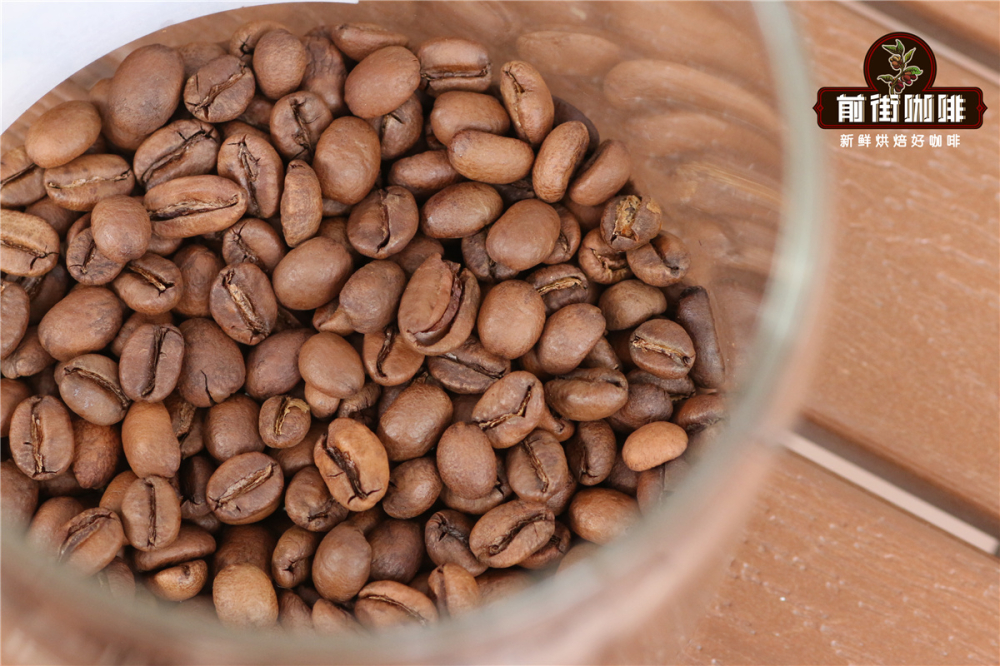
The biggest difference between the washing treatment and the sun treatment is that the washing treatment will want to peel off the peel and pulp of the coffee, and put it into a clean pool for fermentation to remove the residual mucus, so the drying time of the water-washed coffee beans is shorter, the overall flavor will be cleaner, and the acidity will be more obvious.
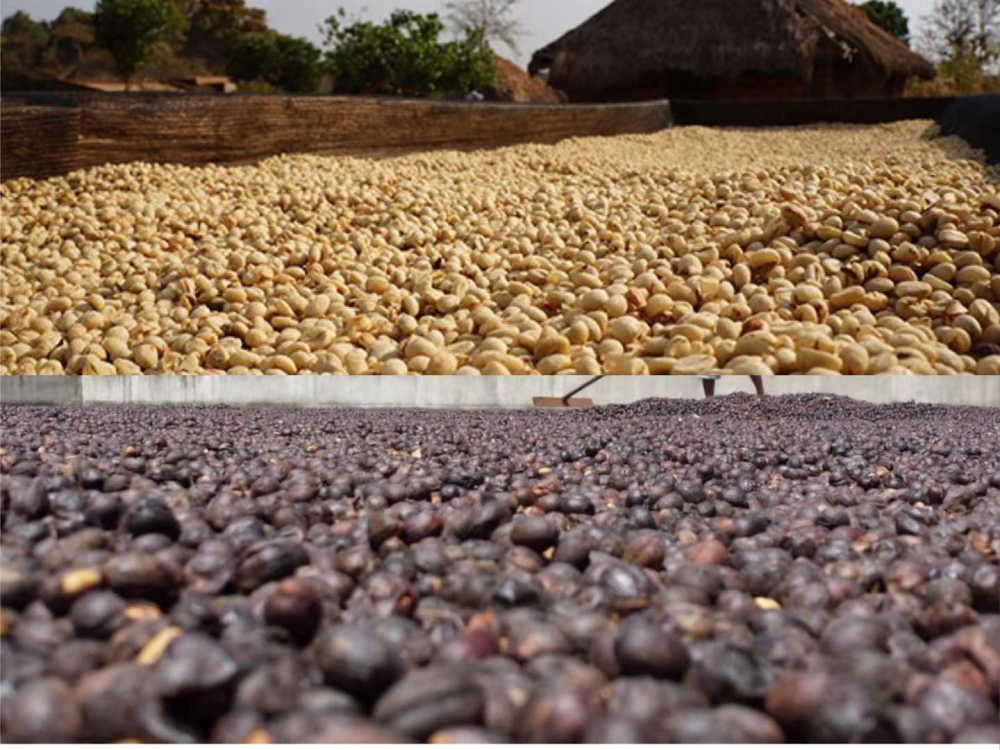
On the other hand, because the sun-treated coffee beans retain the peel and pulp for direct sun-drying, the sugar in the pulp will ferment at high temperature, so the coffee beans will absorb these fermented flavors, and then the sugar in the pulp will be transferred to the beans to a certain extent, so the sun-treated coffee beans will have a light fermented aroma and a more obvious sweetness.
When brewing Yega Xuefei coffee beans, Qianjie Coffee recommends a higher water temperature and a grinding degree of fine sugar size (80% of China's No. 20 standard sieve). Because the high altitude will make the texture of the coffee beans more compact (harder), and most bakers will use shallow roasting when roasting Yega Xuefei coffee beans, retaining the characteristics of freshness and bright acidity, so during coffee extraction, the soluble substances in the coffee are released slowly, so the water temperature of 90-92 degrees can be used for extraction.
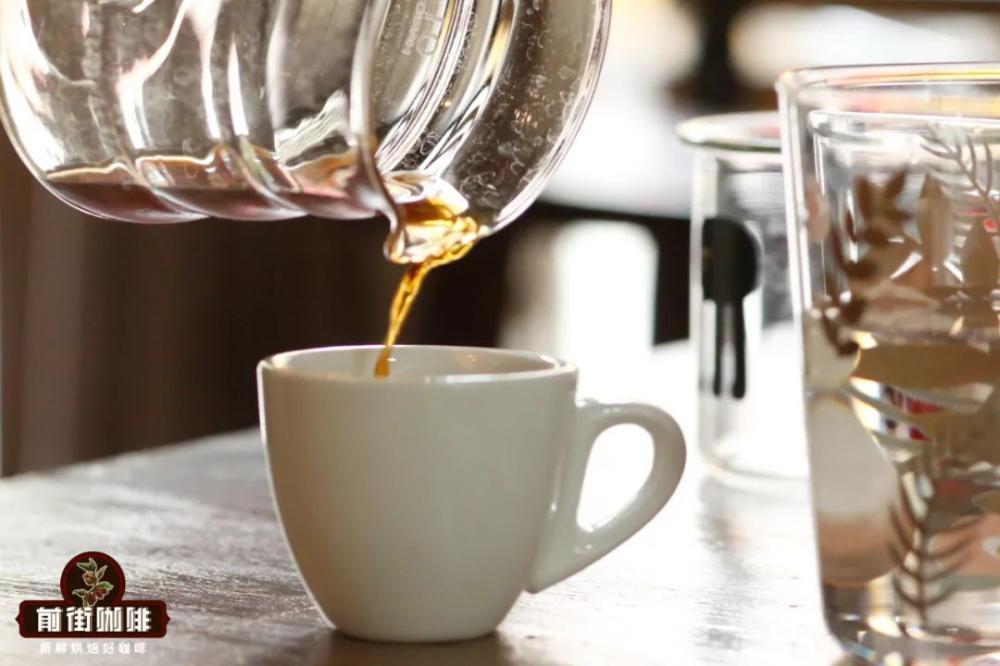
Qianjie coffee recommended brewing ratio is 1:15, with three-stage water injection: start timing, the first injection to 30g water, carry out 30 s of steaming; then start the second stage of small water round injection with water to 125g, wait for the powder bed water to half, and then continue small water circle injection to 225g, after all the dripping filtration is finished, the total extraction time is about 2 minutes 00 seconds-2 minutes 10 seconds.
Professional coffee knowledge exchange more coffee bean information please follow the coffee workshop (Wechat official account cafe_style)
For more boutique coffee beans, please add private Qianjie coffee on Wechat. WeChat account: qjcoffeex
Important Notice :
前街咖啡 FrontStreet Coffee has moved to new addredd:
FrontStreet Coffee Address: 315,Donghua East Road,GuangZhou
Tel:020 38364473
- Prev

Introduction to the types and origin of coffee beans
Coffee beans are washed and dried, flat beans and round beans. The coffee beans are dark and light in color. Through deep roasting, the coffee beans explode, doubling in volume and reducing their weight by nearly 1 inch 4.
- Next

The elegant temperament in Blue Mountain Coffee
When we taste the pure Blue Mountain Coffee. Its smell always makes us feel relaxed and happy. Perhaps we have heard too many legends and comments about the Blue Mountains, but there is a very profound reason behind this rich flavor.
Related
- Guji coffee producing area of Guji, Ethiopia: Humbela, Shakiso, Wulaga
- What is the most expensive variety of Qiloso in BOP multi-variety group?
- How to store the coffee beans bought home?
- Why are Yemeni coffee beans so rare now?
- Ethiopian Sidamo all Red Fruit Sun Sun Santa Vini Coffee beans
- SOE is mostly sour? What does it mean? Is it a single bean? what's the difference between it and Italian blending?
- Is Italian coffee beans suitable for making hand-brewed coffee?
- How to choose coffee beans when making cold coffee? What kind of coffee beans are suitable for making cold coffee?
- Just entered the pit to make coffee, what kind of coffee beans should be chosen?
- Can only Japan buy real Blue Mountain Coffee? What are authentic Jamaican Blue Mountain coffee beans?

